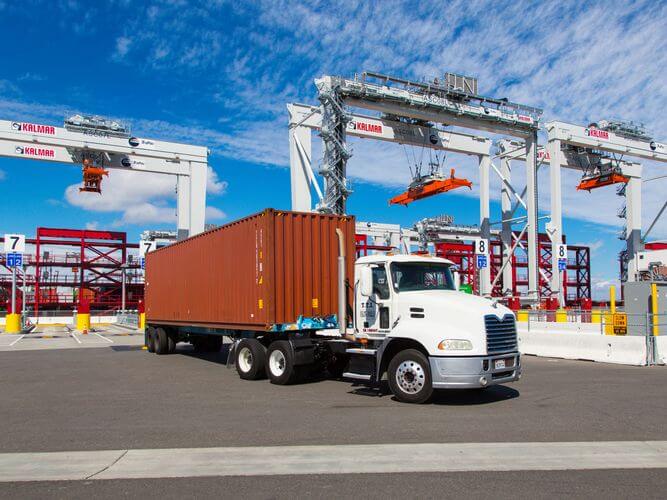
Outsourcing has become a vital strategy for businesses looking to enhance efficiency, access specialized skills, and reduce costs. While the terms "nearshore" and "offshore" outsourcing are often used interchangeably, they refer to distinctly different approaches. Understanding the nuances between them can help businesses make informed decisions that align with their operational strategies and goals. This blog explores the differences between nearshore and offshore outsourcing, and provides guidance on how to choose the most suitable option for your needs.
What is Nearshore Outsourcing?
Nearshore outsourcing refers to transferring business processes or services to companies in neighboring or nearby countries. This approach is typically characterized by proximity in terms of geography, time zones, culture, and often language. For example, a company based in the United States might choose nearshore outsourcing in Mexico or Canada.
Advantages of Nearshore Outsourcing
Nearshore outsourcing offers several advantages that can be particularly beneficial for businesses looking to optimize operations while maintaining control and quality. Here are some key benefits:
- Cultural Similarity: Nearshore partners often share cultural traits with the outsourcing company, facilitating smoother communication and collaboration.
- Time Zone Alignment: Sharing similar time zones makes daily communication more convenient and allows for real-time collaboration.
- Travel Convenience: Proximity makes travel easier and less costly, which is beneficial for projects requiring frequent on-site visits.
- Risk Management: Geopolitical and economic stability is often more predictable in neighboring countries, potentially reducing operational risks.
Disadvantages of Nearshore Outsourcing
Some of the key drawbacks of nearshore outsourcing are:
- Cost: While cheaper than hiring locally, nearshore outsourcing can be more expensive than offshore options due to higher wage standards in neighboring countries.
- Limited Talent Pool: Depending on the region, the availability of specialized skills may be more limited than in offshore destinations.
What is Offshore Outsourcing?
Offshore outsourcing involves transferring business processes to companies in distant countries, often in different continents. This model is favored for its significant cost savings and access to a large pool of talent. Common offshore outsourcing destinations include India, the Philippines, and Eastern Europe.
Advantages of Offshore Outsourcing
Offshore outsourcing involves delegating business processes or services to a company in a distant country. This business strategy has key advantages like:
- Cost Efficiency: The primary advantage of offshore outsourcing is the lower labor cost due to significant wage differences.
- Access to Skilled Labor: Offshore countries often have a large, highly educated workforce, particularly in technical fields such as IT and software development.
- Round-the-Clock Operations: The time difference can allow for continuous work cycles, which is advantageous for time-sensitive projects.
Disadvantages of Offshore Outsourcing
Offshore outsourcing also comes with a set of challenges and disadvantages that businesses must consider:
- Cultural and Language Barriers: Differences in language and culture can lead to misunderstandings and communication challenges.
- Time Zone Challenges: Managing projects across several time zones requires robust coordination and can complicate real-time interaction.
- Political and Economic Risks: Offshore outsourcing can expose businesses to geopolitical risks and economic instability in the host country.
Choosing Between Nearshore and Offshore Outsourcing
Deciding whether nearshore or offshore outsourcing is best for your business depends on several factors:
- Project Requirements: Consider the complexity and communication needs of the project. Nearshore outsourcing may be better for projects requiring frequent collaboration and oversight.
- Budget Constraints: If cost reduction is a primary goal, offshore outsourcing offers more significant savings.
- Risk Tolerance: Assess your tolerance for potential risks, including geopolitical issues and economic instability, which are more prevalent with offshore outsourcing.
- Cultural Alignment: Projects needing close cultural alignment may benefit more from nearshore options to mitigate cultural mismatches.
Conclusion
Both nearshore and offshore outsourcing offer unique advantages and challenges. By understanding your business’s specific needs and constraints, you can choose an outsourcing strategy that not only cuts costs but also enhances your operational capabilities. As global markets continue to evolve, the flexibility to adapt your outsourcing strategy will remain a critical component of business success.
Choosing the Right Outsourcing Strategy with SIXM: Nearshore vs Offshore
When exploring options, sourcing products from Mexico as a nearshore solution can offer compelling advantages, such as reduced logistics costs and streamlined supply chains for North American companies. For expert guidance on whether nearshore or offshore outsourcing aligns best with your business goals, trust SIXM to lead the way. Experience the SIXM difference—where your success is our priority.
Sources
Exploring Nearshore Outsourcing: Key Business Processes to Consider.
Offshoring of Services: A Review of the Literature and Organizing Framework.

